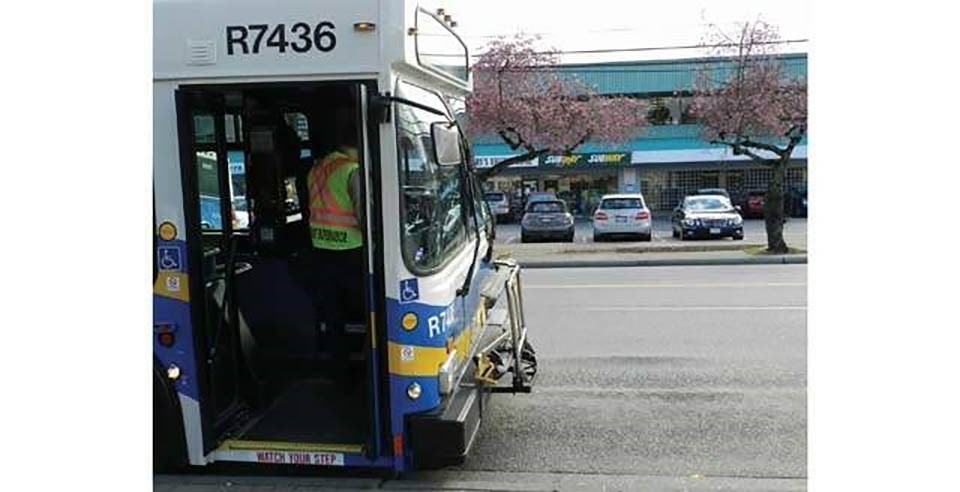Richmond city council received more backlash last week from Steveston residents about a TransLink proposal to move buses from Chatham Street to loop around a block adjacent to Garry Point Park.
One Steveston resident, Andrea Hunter, highlighted the danger of toxins leaching from bus tires and the impact this could have on salmon in the Fraser River, cautioning city council the city could be “liable” under the Fisheries Act.
Meanwhile, another Richmond resident suggested a bus terminus be built in the Gulf of Georgia parking lot with housing on top.
These presentations followed other opposition to the proposed bus loop, for example, about a month ago two Steveston residents, Alex Sagert and Drew Rickard, presented a petition with 275 signatures opposing the proposed bus loop.
Hunter’s point to city council was that a toxin known as 6PPD-quinone could leach into the Fraser River and endanger coho and chinook salmon.
She noted that 719,000 buses and 4.3 million large bus tires will travel this new route over 10 years.
It has been recently reported that 6PPD-quinone comes from tires and has been found to be toxic to chinook and coho salmon.
“The environmental impacts may be permanent and irreversible,” she told city council. “The City of Richmond could be liable under the Fisheries Act.”
6PPD-quinone was observed impacting coho salmon immediately after hatching, according to a report from the National Center for Biotechnology Information, a U.S. government agency.
It appears to make them lose equilibrium and buoyancy and then eventually lead to death. Transferring them to clean water after symptoms arise doesn’t appear to help, the agency noted.
Hunter claimed the $2-3 million allocated by TransLink for the bus loop project doesn’t include any money for environmental mitigation.
TransLink is in the process of gathering feedback and consulting with the public on the proposed bus loop that would direct buses along Seventh Avenue, adjacent to Garry Point Park, then left on Moncton Street and then left onto Sixth Avenue.
City spokesperson Clay Adams said the city has passed Hunter’s submission along to TransLink.
“We expect any alleged impact related to the Fisheries Act will be something that will be considered during that process,” he said.
Adams noted the city and TransLink work together to “create plans that focus on serving the community and making transit as accessible and efficient as possible.”
Bus terminus combined with housing: Steveston resident
At the meeting, Steveston resident Er Jun Ma proposed a bus loop be built at the Gulf of Georgia Cannery parking lot with affordable housing on top of it.
He noted that both the federal and provincial governments are currently funding housing projects.
Alternatively, Ma suggested building it at the new Steveston Community Centre, currently under construction.
A parking lot will be built at the current community centre site, at a cost of $14.5 million or $51,000 per parking spot, he added.
Report back to city council after consultation
A report is expected back to city council when TransLink has finished its consultation.
TransLink has authority on road use, but the city has oversight of how curb spaces are used, Adams said.
“By working together, the goal is to have a system in place where transit stops are accessible to the community and routes reflect customer needs and travel patterns,” he added.
Got an opinion on this story or any others in Richmond? Send us a letter or email your thoughts or story tips to [email protected].



